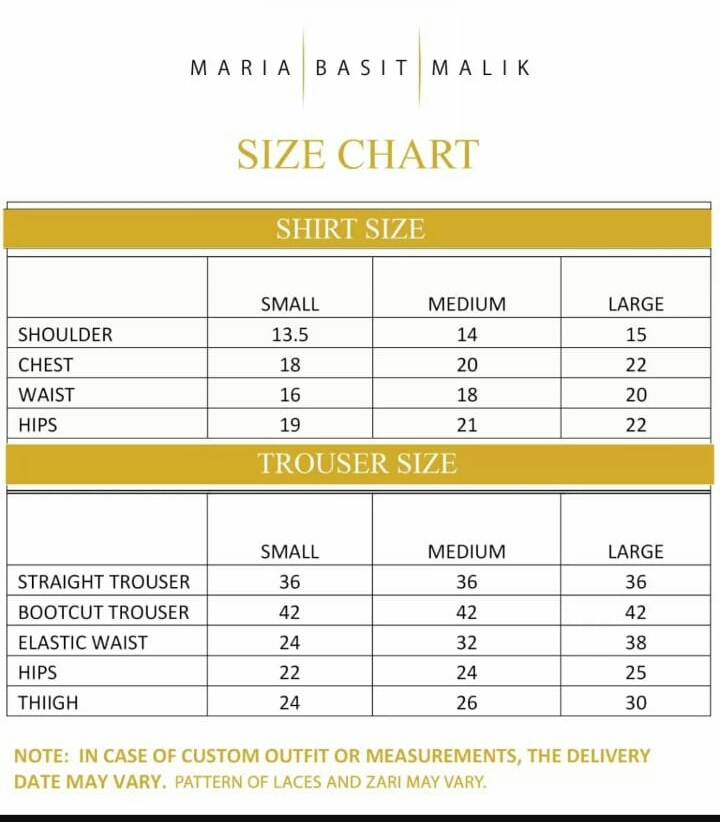Ever heard about a compulsive buying disorder? It is more widely spread than you can imagine. Studies show that approximately 5% of the population suffers from it.
Just the other day I saw this written on Facebook “the best online wedding dress shopping in Pakistan”. And guess what? I clicked on it and spent hours looking through hundreds of bridal catalogs. Thankfully, I did not make a purchase but that’s how you start on an unending journey of compulsive buying. But what is this disorder anyways? Let’s dissect it carefully.
What is a Compulsive Buying/Spending Disorder?
It is not just shopping unnecessarily. But not being able to control yourself around objects on sale. Unfortunately, it does not stop there. While the person is unable to control himself, he goes on to face distress because of this habit.
That’s because compulsive buying disorder comes with a ton of consequences. Imagine this: you just got your pay but instead of paying rent, you spend it on a couple of luxury items. You go broke and now you have to borrow money from someone. Situations like these cause discomfort in the lives of compulsive buyers.
However, compulsive buying disorder is still not considered an actual mental disease. But that does not put a question to the serious nature of this disorder. People engage in this behavior for multiple reasons. We’ll visit these reasons later but first, let’s see what other names this illness has.
7 Common Names for Compulsive Buying Disorder
You might have heard the word ‘shopaholic’. While it is used as a joke, it can be more than just a ‘casual’ addiction that will wear off. From scientists to the general public around the world, people have found names for this behavior. Here are 7 of these many names:
- Compulsive Shopping
- Oniomania
- Compulsive Buying Behavior
- Pathological Buying
- Compulsive Consumption
- Shopping Addiction
- Compulsive Spending Disorder
5 Ways to Get Over a Shopping Addiction
There are multiple ways to deal with compulsive shopping behavior. Here are some of the ways that have been tried and tested by the actual patients of this illness.
1. Make a rule of only shopping with friends.
In order to stop yourself from spending compulsively, you need to establish a rule. You should shop only when you are with your friends. Or when you are with a family member.
But you need to seek their help by asking them to remind you of your spending limits. People tend to find reasons to justify their actions to themselves. But another person can be pretty hard to convince. You would rather not shop than engage in an argument with another friend.
Making this a rule can be pretty helpful. This would help you mold your habits.
Note: It is totally okay if you fail initially. Remember that compulsive spending behavior can be very hard to handle. At MBM, we come across many customers that suffer from compulsive buying behavior. Tags like “Pakistani Bridal Dresses 2021 Online in Pakistan” can trigger such buyers. But if you have established enough control, they will no longer have an impact on you.
2. Stop Relying on Debit/Credit Cards
Debit and credit cards present buyers with ease in shopping. If you purchase through a credit or debit card, there is going to be an added benefit.
These benefits would make it harder for you to control your shopping urges. So, you need to remove your cards from any shopping apps or delivery services.
3. Find Better Entertainment Sources
Shopping can be entertaining to people. That’s why people give in to shopping even when they should be saving up.
To resolve this issue, you need to replace shopping with more entertaining activities. For this, you might have to explore your own personality a bit more. You will have to experiment and see which ‘healthy’ activity gives you “the burst”.
For some people it is working-out but for others, it is watching interesting crime stories. All you have to do is find what other activities interest you.
4. Seeking Help from a Therapist
The other ways shared with you so far were coping mechanisms. This one is an actual solution. Going to a therapist can be helpful. Why? That’s because compulsive shopping behavior stems from within your brain.
A therapist will be able to find out the reasons behind your shopping addiction. Knowing the reason behind a certain behavior can help you resolve the issue well.
Also, talking about your urges is like venting to a reliable professional. So if nothing is working for you, this would surely do.
5. Seek Treatment
Compulsive buying behavior is not a real mental illness according to scientists. However, that does not mean there aren’t designated treatments for this issue.
Cognitive behavioral therapy (CBT) is an effective way to treat buying addiction. This therapy treatment consists of replacement of harmful emotions with helpful ones. That’s how it works.
But you need a trained professional for this. If you feel like you are unable to control your buying urges despite trying, then meet a psychologist.
This type of therapy is usually used when all other coping mechanisms fail. So, if you are beyond the effect of any coping mechanism, your doctor might suggest you this treatment.
Note: There are studies that show that medication is also an effective way of treating compulsive buying disorder. But no layman can prescribe you these medications. Instead, only licensed psychologists have the authority to do so. That’s because these medications include antidepressants and anxiety relievers. So, you need to refrain from taking them without a medical professional’s advice.
We hope this article was informative and helpful in understanding buying addiction. We, at MBM, care about the mental health of our customers. We encourage our customers to purchase from us only out of need. That’s why for online wedding dress shopping in Pakistan, contact MBM today for expert advice!








